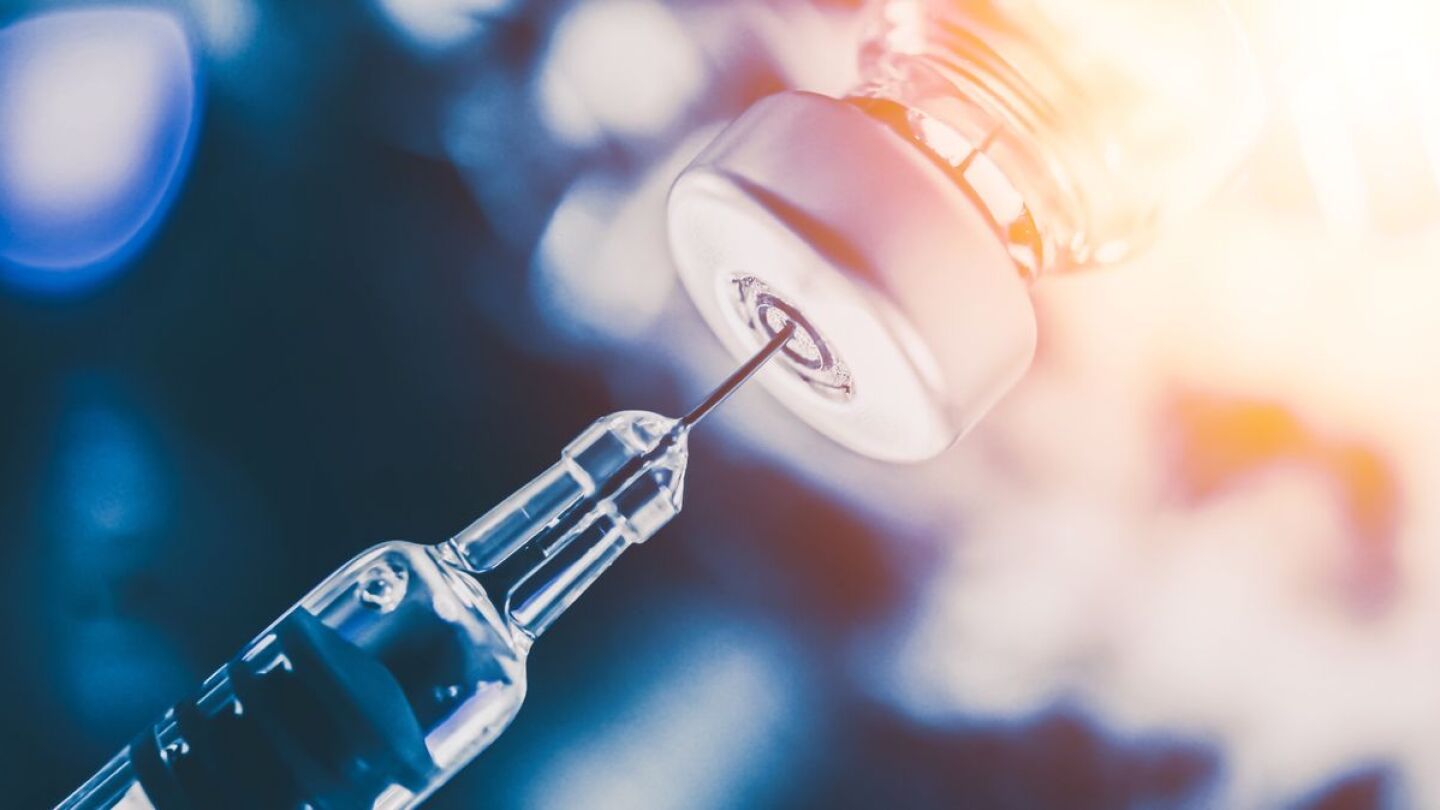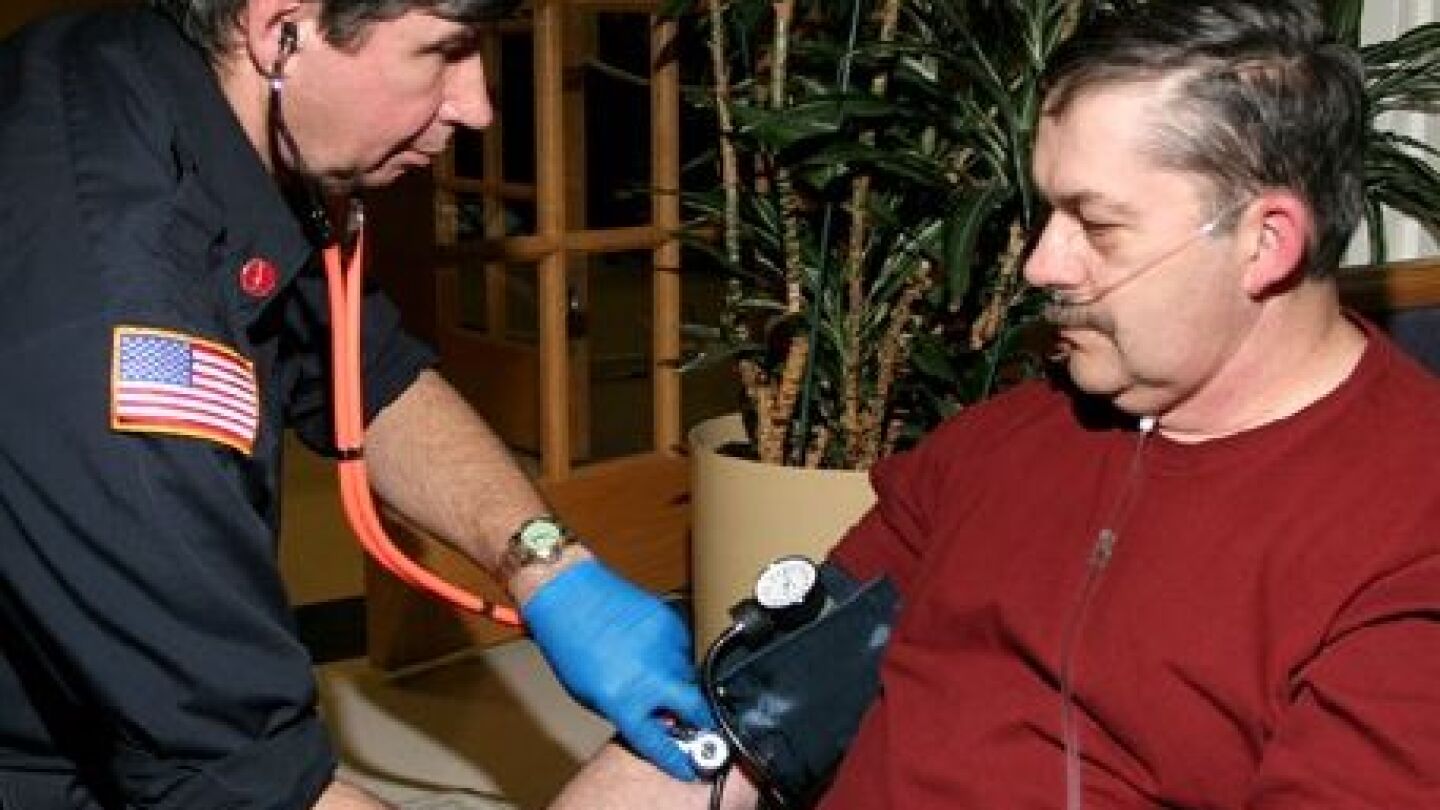Patient Assessment
Patient assessment is the process an EMT or paramedic follows to evaluate an injured or ill patient. The process includes a scene size-up, which is the identification and mitigation of risks, a primary assessment to find and fix life threats and a secondary assessment to perform a focused history and physical exam of the patient. Each step is an opportunity to collect information that will guide treatment and inform a transport decision. In the EMS1 Patient Assessment topic find the latest news about patient assessment and top resources to improve your patient assessment skills.
New research explores how point-of-care lung ultrasound can improve prehospital identification of acute heart failure
Complacency can creep in after routine calls, but true emergencies don’t wait
Educate your community on how to stay safe and assist emergency responders after a violent MCI
Synchronized and unsynchronized electrical cardioversions are safe and effective in the prehospital environment
EMTs, paramedics and firefighters have a responsibility to identify fall hazards and share prevention tips with patients and at the public events we host
Laguna Beach theater students used their makeup, costume skills to play the part of patients for EMT students
First responders in Sacramento arrived to find a total of 11 patients with serious injuries
Human metapneumovirus has many of the same symptoms as COVID and RSV
The next time you encounter a patient for which your clinical impression is “excited delirium,” remember that the treatment you render isn’t to treat the delirium
“Their clinical assessment assumed that the agonal respiration the patient took was the same as being apneic,” said Clearwater Fire & Rescue Chief Scott Ehlers
Karen Owens shares insider tips for training to treat pediatric athletic injuries, some of which may surprise you
Should we be using midazolam instead of morphine in congestive heart failure?
Some have been moving toward citing the causes that can contribute to such deaths, including police restraint, drug use and medical conditions
Another tool in the diagnostician’s briefcase
Dr. Joelle Donofrio-Odmann discusses diseases of the upper and lower airways
Watch as EMS clinicians respond to an allergic reaction at, of all places, an allergy clinic
Examining cardiac care in the absence of STEMI following ROSC
Your main role on a fire scene is to keep firefighters safe, which may include telling them they aren’t safe to return to duty
Before you watch the film inspired on true events learn how cocaine toxicity really presents in humans
Michigan EMS leaders share the challenges in locating, extricating and transporting victims of snowmobile crashes
This webinar covers stroke assessment, recognition and timely decision-making as to where to transport a patient for intervention
Finding the balance between being prepared for anything and being quick, light and back pain-free
“Whatever you don’t bring is what you’re going to need,” one commenter wrote
“There was information withheld by those already on the scene which caused our members to handle things differently than they should have,” Thomas Malone said
A legal and ethical deep dive into the firing of 2 EMTs, fire lieutenant in Tyre Nichols’ death
AMR has also purchased supplies for Sensory Kits for each of its 14 ambulances, including ear protection, a doodle pad, a stress ball, fidget marble, fidget spinner and a pop-it device
Compassion elevates emergency medical care to a ministry of kindness
The department expects to complete its investigation into the role of two fire department members present at the fatal police-involved incident next week
Our cohosts, shocked by the bodycam footage in the case of the Ill. EMTs charged with murder, discuss how apathy can develop and how leaders can prevent it
Teaching points from the ‘malpractice or murder’ case: Action steps for EMS practitioners
Part of building crew unity is taking the opportunity to have some fun, but there must be room for training – plus all those EMS calls
The analysis found higher numbers of deaths on the hottest days and said the coldest days were fatal to even more people
Learn how innovations are being made in treating respiratory emergencies

































